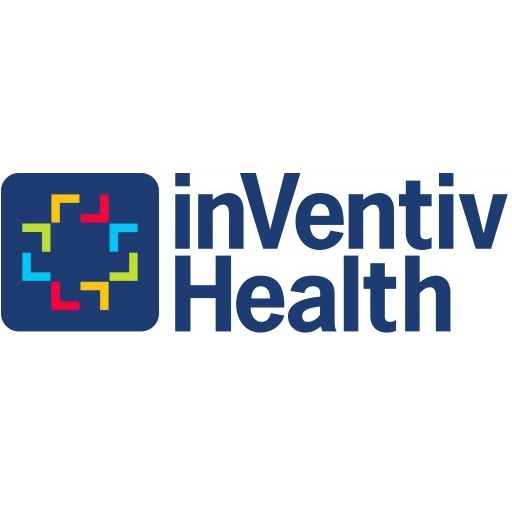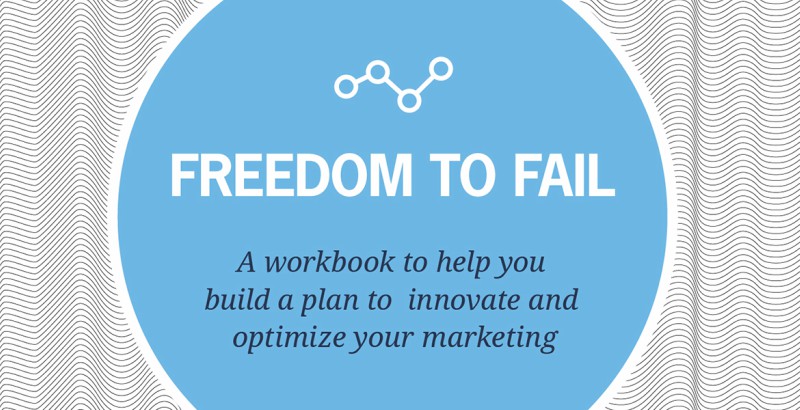inVentiv Health Communications 21 Nov 2016 // 5:05PM GMT

How can healthcare specialists improve their skills as storytellers? One way to do it, according to Meghan O’Brien, engagement leader at a New York consulting boutique called etch, is to take a page from Pixar, creator of Toy Story, Finding Nemo, and Inside Out. Each Pixar animated film begins with a character in a time and place. And each day, the character does pretty much the same thing—it doesn’t matter what. Then one day, something unusual happens, then something else, and away we go!
Meghan was a panelist on Wed night (Nov. 9) at a Healthcare Businesswomen’s Association event titled “Secrets of Storytelling: How to Create Meaningful Connections with your Audience.” The Pixar formula obviously works. The studio has produced many of the world’s top-grossing animated films and racked up more than a dozen academy awards. But as fellow panelist and inVentiv PR President Jeanine O’Kane pointed out, this isn’t the only strategy for effective storytelling. If you really want to turn your story from a frog into a prince, you probably need to break the mold and think about unexpected elements, such as the story behind the story.
What’s more, good communicators are always on the lookout for what Jeanine calls the “second wave”—namely, the twists and turns that happen once you help a client publicize a story. If it’s a good narrative, events that reinforce the message may unfold after your client relinquishes control and social media takes over.
Jeanine wasn’t the only panelist to highlight counter-intuitive lessons for this intimate gathering of 30 healthcare professionals in midtown Manhattan. David Fischer, president of Sandler Training, noted that storytelling in a sales environment has to be a conversation, not a presentation. Sandler’s sales training programs teach trainees—including pharma reps—to ask customers about the problems they confront in their jobs and the needs of the end-users, the patients. Starting a conversation in this fashion, David says, is far more effective than launching into a sales pitch about safety, efficacy and patient outcomes.
David further emphasized that conversation-based storytelling works best when there’s emotional resonance for the target audience, whether it’s the physician, the purchasing office or the patient. How do you achieve resonance? The secret is getting the target to talk about problems that cause pain. David captures this idea in seven emotion-charged buzzwords: frustrated, upset, disappointed, worried, annoyed, concerned and anxious.
During the panel discussion, Jeanine offered additional insights on the role of emotion in storytelling. Referencing a Harvard Business Review article by neuroeconomist Paul J. Zak (author, most recently, of Trust Factor: The Science of Creating High-Performance Companies), she pointed out that listening to a character-driven narrative can cause the brain to secrete oxytocin, a hormone associated with empathy. “Good stories, in other words, nudge people to pay attention, empathize, and cooperate, and that’s very relevant in Business,” Jeanine said.
It turns out, even stories about storytelling can create plenty of audience engagement. HBA says the evening was a great success. In fact, they’re thinking of turning some of the insights from Wednesday’s event into a workshop next year, so participants can get hands-on practice. If so, we’re betting Jeanine will get called back as a trainer.
By: Sue Yeoh
inVentiv Health
This post originally appeared on inVentiv Health PR Group’s blog, here.


































.jpg)














